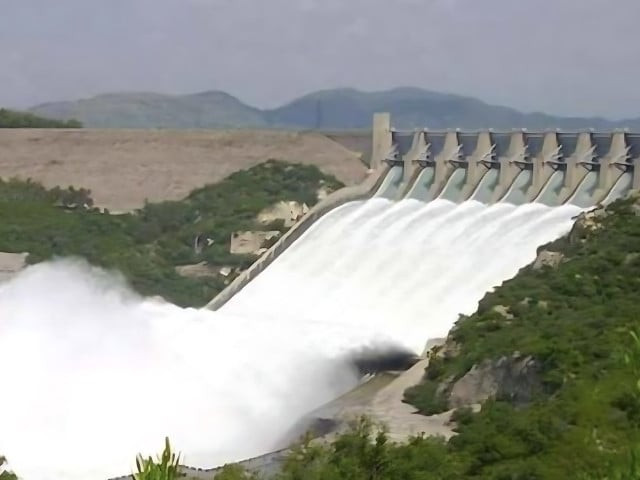Seizing Opportunities: Pakistan’s Potential in Global Trade
The global trade landscape is shifting dramatically, largely due to significant changes in U.S. trade policies. With steep tariffs imposed on key exporters like China, India, and Brazil, American importers are forced to rethink their sourcing strategies, creating a golden opportunity for countries like Pakistan.
Pakistan stands at a crossroads, poised to capitalize on this moment with its relatively low tariffs—averaging just 19%. As U.S. importers shift supply chains away from high-tariff countries, agile exporters in Pakistan can fill the gaps. The question is: Is Pakistan ready to seize this opportunity?
Currently, Pakistan excels in textiles and apparel, exporting over $5 billion worth annually to the U.S. In comparison, China exports around $40 billion, while India brings in $9 billion. Just a modest shift of orders from these countries to Pakistan could yield significant growth in textile exports. This sector, with its established infrastructure, can ramp up quickly to meet emerging demands.
But textiles aren’t the only area to watch. Pakistan’s leather exports to the U.S. already total $171 million, and there’s room for growth in markets where Pakistan has built a solid reputation. Likewise, the sports goods sector, particularly in football manufacturing, shows promise with exports nearing $400 million. Additionally, the emerging market for truck and bus radial tyres, which exceeded $100 million last year, highlights the potential for success in less traditional areas.
However, not all sectors are thriving. Pakistan’s mobile assembly industry, for instance, has seen missed opportunities, lagging behind India’s impressive $7.5 billion in exports. Pakistan’s $160 million in annual mobile exports could achieve much more with the right strategies, especially given the supportive government policy environment aimed at boosting local assembly.
Another area where Pakistan needs to improve is in the engineering goods sector. While India exports about $18 billion in this category, Pakistan trails with less than $0.5 billion. The existing model, focused heavily on import substitution, must evolve to allow for greater integration into global markets.
This transformation is not just about economic gains—it is also a strategic necessity. By diversifying its export base, especially by enhancing engineering-led sectors, Pakistan can reduce reliance on traditional low-value goods.
Despite these challenges, recent reforms indicate a positive trajectory. A record 17% surge in exports in just one month, alongside a notable increase in customs revenues, reflects the potential benefits of embracing more open trade practices. Critics often fixate on short-term deficits, forgetting that investments in emerging sectors can lead to sustainable long-term growth.
In conclusion, Pakistan stands at a pivotal moment in global trade. The key to unlocking its potential lies in bold reforms, strategic investments, and a mindset open to change. Now more than ever, it’s crucial for stakeholders to engage in meaningful dialogues that pave the way for national growth. Interested in discussing these opportunities further? Connect with Pro21st to explore insights and actionable strategies!
At Pro21st, we believe in sharing updates that matter.
Stay connected for more real conversations, fresh insights, and 21st-century perspectives.





